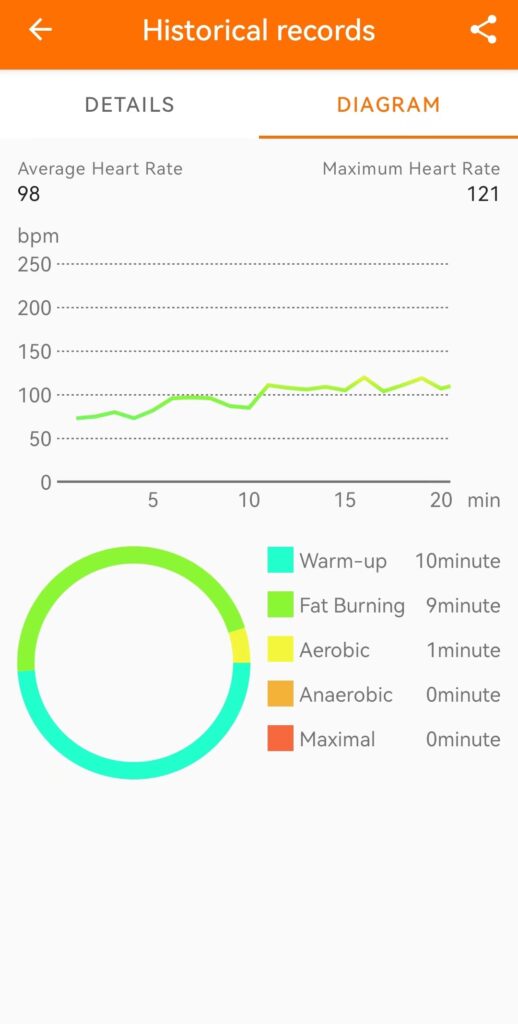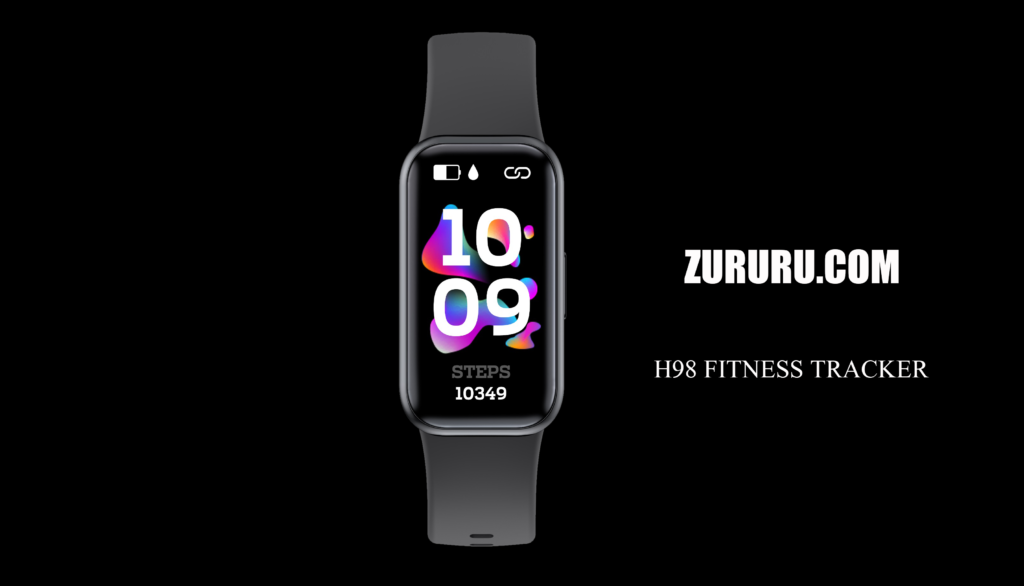When it comes to fat loss through exercise, many people choose running because it has a low entry barrier, requires no equipment preparation, and you can start anytime with just a pair of running shoes. However, after putting in effort for several months, some friends may find that the weight loss results are not very noticeable. So, how can you make your running more efficient for fat burning? Today, we will introduce two practical tips.

Firstly, pay attention to controlling your heart rate. Under normal circumstances, the body’s main sources of energy are carbohydrates and fat, whether in a state of exercise or rest, carbohydrates and fat are both used for energy, just in different proportions. Some friends may think that the higher the exercise intensity, the faster fat burns, but that’s not necessarily the case. Generally, keeping your heart rate within the range of moderate to low-intensity exercise is most effective for fat burning.
During high-intensity running, the heart rate is elevated, and the body requires more energy. Since glycogen provides energy faster than fat, the body will prioritize using more glycogen to “put out the fire” at this time, and fat consumption will be relatively low. On the other hand, during low-intensity running, the proportion of energy derived from fat is greater than that from glycogen, resulting in better fat loss results. Data shows that when the heart rate reaches around 60%-70% of the maximum heart rate, fat burning is more effective, and you can calculate your maximum heart rate by subtracting your age from 220. If your wearable device can display the “fat-burning zone” in real-time while running, simply maintain your running intensity within that zone.

Here, we recommend a reliable running assistant: the ZURURU H98 Fitness Tracker, which offers high-precision dynamic heart rate monitoring comparable to heart rate straps through a newly upgraded heart rate module. Interested individuals can purchase it on the H98 device page of the website.

Next, let’s introduce the second technique, which is interval running. Interval running involves running at a fast pace for a period of time, then resting for a period of time, and repeating this for several sets. During the rest period, you can either completely stop or replace it with brisk walking or jogging. Research has compared the weight loss effects of interval running and continuous running in obese individuals, and the results showed that even though interval runners had a shorter total running time, they achieved the same weight loss results as continuous runners. The reason for this phenomenon is “excess post-exercise oxygen consumption” (EPOC).

During exercise, the body’s oxygen consumption increases, and after exercise stops, oxygen consumption does not return to the resting level within a short time, which is known as EPOC. Research shows that after high-intensity interval exercise, EPOC can last for 24-48 hours, significantly longer than after moderate-intensity exercise. In other words, within one to two days after interval running, we burn more calories at rest and experience the feeling of “losing weight while sitting.” However, interval running requires higher intensity and places some demands on physical fitness, so it’s important to choose the right level based on your individual circumstances.